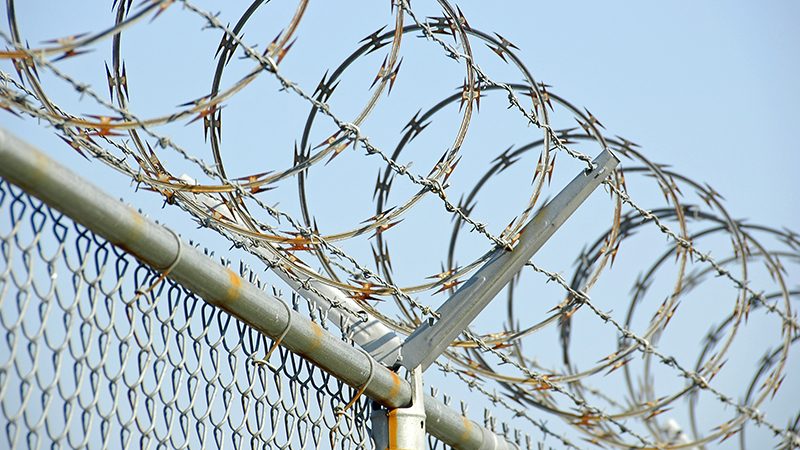Crime is bad for our health. Think of a rape victim retreating from her friends after being assaulted. Or a parent trying to hold down a job after a child is murdered.
Crime also affects Americans in disparate ways. Poor people are twice as likely to be victims of a violent crime. More young black men die from homicide than any other cause.
So there’s an equity-based case for policymakers to do what they can to reduce crime.
What’s the best way to do that? A new report from the White House Council of Economic Advisors, which provides analysis to the president, reviewed the existing economic literature and came up with some surprising results.
What Doesn’t Work
- More Incarceration. The economists point out that the U.S. imprisons its residents at a higher rate than all but one other country in the world (the Seychelles, but I digress), and at a rate that’s four times the world average. They cite research showing that incarceration isn’t very effective at reducing crime, and that it becomes less so as more of the population is locked up.
- Longer Sentences. The longer someone is imprisoned, the more likely they are to commit a crime again once they’re released. At the same time, increasing sentences is not a strong deterrent on crime, according to research cited by the president’s advisors.
Especially when considering the indirect consequences of incarceration—on poverty, employment prospects and the mental health, safety and security of children whose parents are in prison—locking people up fails a cost-benefit analysis from an economic point of view. Essentially, the economists found that this cure is worse than the disease.
What Does Work
- Education. The case for policies that promote education is very strong, even just from a purely dollars-and-cents perspective. The president’s advisors cite economic research (nine studies in all) that conducts cost-benefit analyses. They include this 2014 study showing that counties that allow kids to drop out of high school at a lower age have higher rates of juvenile crime, and other research showing a strong rate of return on preschool programs and other early-childhood efforts as a way of reducing crime.
- Policing. Does having more police on the street deter crime? There’s evidence that it does. This 2013 study funded by the National Bureau of Economic Research, for instance, looked at crime data in U.S. cities from 1960 to 2010, and found that police presence reduces violent crime. Another study found that targeting minor crimes—the so-called “broken windows” theory of policing—actually does decrease the occurrence of more serious crimes.
- It’s worth noting, however, that few of these studies consider the damage that can be done by poor policing. The Black Lives Matter movement has brought attention to the disproportionate targeting of people of color—and police violence—that can add to the burden of the same communities that are most impacted by crime.
- Higher Wages. This is perhaps the most surprising part of the report. The Council of Economic Advisors set two policies against each other: In the first scenario, the United States would increase spending on incarceration by $10 billion, or 12 percent. This would reduce the crime rate by an estimated 1 to 4 percent. At best, the policy would benefit us by reducing crime to the tune of $1 billion; at worst, it would cost us $8 billion.
- By contrast, raising the federal minimum wage from $7.25 an hour to $12 by 2020 would likely reduce crime by 3 to 5 percent, and reap a reward of $8 billion to $17 billion. By their estimate, lifting up those at the bottom would leave us all wealthier and safer.
Click here to read the full report.
